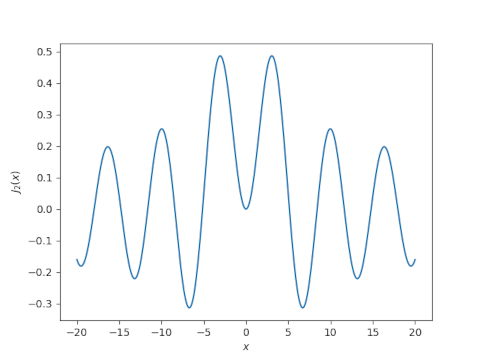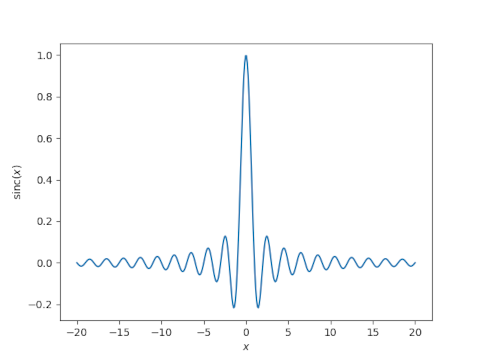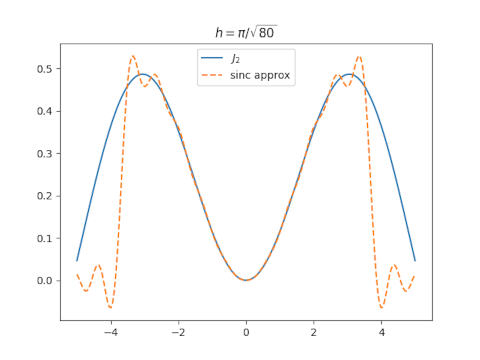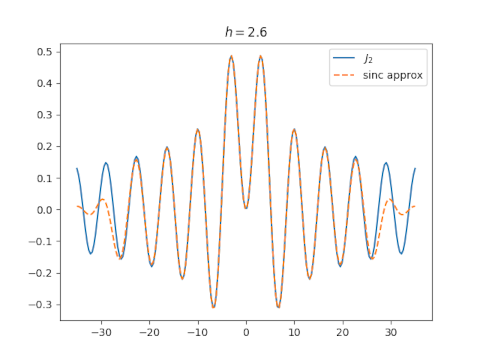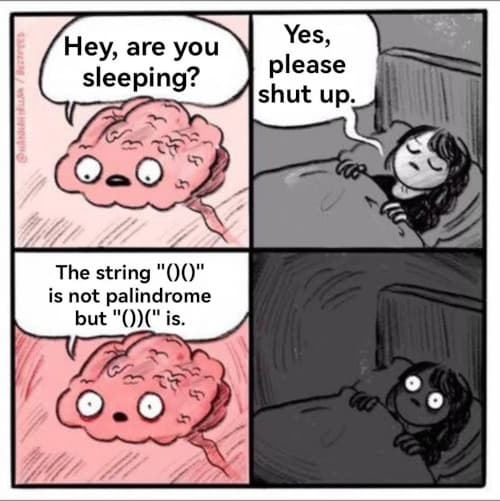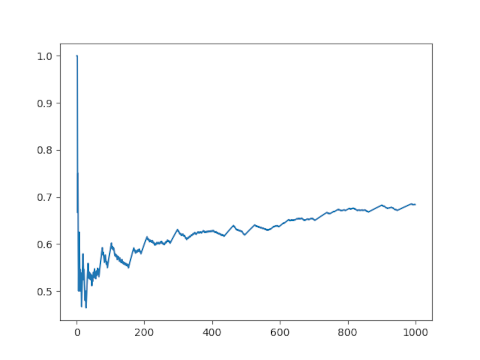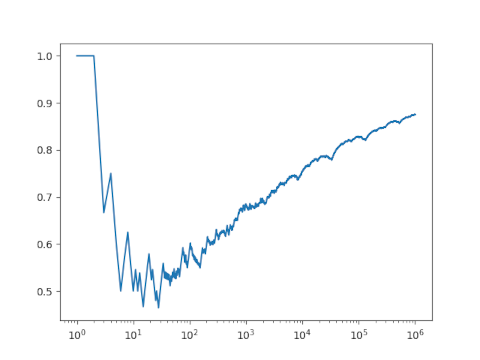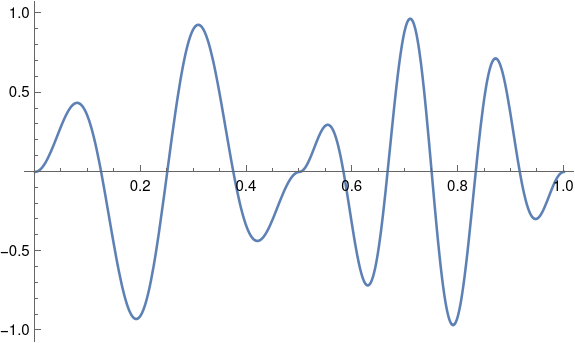How long does it take the earth to complete one rotation on its axis? The answer depends on your frame of reference. A solar day is the time it takes for the sun to appear at the same position in the sky. A sidereal day is the time it takes for a distant star to appear in the same position. These are not the same.
This post will illustrate the difference between a solar day and a sidereal day. To make things a little simpler, assume the earth has a perfectly circular orbit around the sun, and that the earth’s axis of rotation is perpendicular to the orbital plane, i.e. there is no axial tilt.
Sidereal day
Imagine an astronomer Alice observing our solar system from the vantage point of a distant star. How distant? We’ll show below that it doesn’t make much difference, but we’ll assume for now that she is “infinitely” far away, which means “far enough away that we don’t have to worry about exactly how far.”
The time it takes for Alice to observe one rotation of the earth on its axis is 1 sidereal day = 24 sidereal hours. We will suppose that from Alice’s perspective it takes 360 (sidereal) days for the earth to orbit the sun.
Here comes the sun
Let’s set the origin of our coordinate system at the sun. Assume that at time t = 0 the earth is located at (1, 0) and that an observer Bob is at the bottom of a deep well on the equator looking up at the sun. The time between Bob’s observations of the sun is one solar day.
Twenty four (sidereal) hours later, the earth is located at (cos 1°, sin 1°) and Bob’s well is parallel to the x-axis, but not looking directly at the sun. He will be looking at the sun a few minutes later when the earth’s rotation brings the sun into view.
Just how long will Bob have to wait to see the sun again? About 4 minutes, because the sun is 1° away from his line of sight, and he needs the earth to turn 1°, which takes 24/360 hours, or 4 minutes. This is not exactly correct though, because the earth has moved in its orbit during that 4 minutes.
So a solar day is about 4 minutes longer than the time it takes for the earth to rotate on its axis (from Alice’s perspective). Even though we’ve made several simplifying assumptions, our estimate only differs from the exact value by about 4 seconds.
Equations
Let the distance from the center of the earth to the sun be 1 and the radius of the earth be ε. Let t be time in (sidereal) days. The position of the center of the earth as a function of time will be
(cos t°, sin t°)
and Bob’s position is
(cos t° − ε cos 360t° , sin t° − ε sin 360t°).
Bob sees the sun at time t = 0. When will he see the sun next? When the slope of the line from the center of the earth to his position equals the slope of the line from the sun to the center of the earth, i.e.
tan t° = tan 360t°
The value of ε doesn’t matter.
There are two solutions to this equation, one when Bob is facing the sun and another when he is on the opposite side of the earth from the sun. We know t ≈ 1 and the solution near 1 is on the correct side of the sun, i.e.
t = 1.002786 days = 1 day + 4.011142 minutes.
Distant stars
Now let’s imagine at that time t = 0, while Bob is looking up at the sun, on the opposite side of the earth Charlie at the bottom of another well looking up a star a distance R away, located at (R+1, 0).
Charlie’s position as a function of t is
(cos t° + ε cos 360t° , sin t° + ε sin 360t°).
When will Charlie see his star next? When the line from the center of the earth through his position has the same slope as the line from Charlie to the star. This happens when
tan 360t° = sin t° / R,
the right side above being the tangent of the angle at R of a right triangle with base on the x-axis and hypotenuse running from the star to Charlie. As R goes to infinity, the right side goes to 0, and the solutions for t are integer numbers of days.
Charlie will see the star at time slightly less than 1, so let t = 1 − x. So we need to solve
tan 360(1-x)° = − tan x° = − sin (1-x)°/R.
Using the approximation sin θ ≈ θ ≈ tan θ for small angles θ (in radians) we have
-2πx ≈ −2π(1-x)/(360R)
and so
x = 1/(360R + 1).
Now R is very large. For the nearest star, Proxima Centauri, R is about 270,000 AU. So x is on the order of 10-8 or smaller. This is why it doesn’t matter which star Alice is located near: a sidereal day is essentially the same whatever distant star you use as your reference point.

